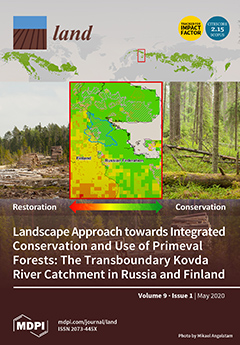Resource information
Measuring, monitoring, and managing biodiversity across agricultural regions depends on methods that can combine high-resolution mapping of landscape patterns with local biodiversity observations. This study explores the potential to monitor biodiversity in agricultural landscapes by linking high-resolution remote sensing with passive acoustic monitoring. Land cover maps produced using a small unmanned aerial system (UAS) and PlanetScope (PS) satellite imagery were used to investigate relationships between landscape patterns and an acoustically derived biodiversity index (vocalizing bird species richness) across 12 agricultural sample locations equipped with acoustic recorders in Iowa, USA during the 2018 growing season. Statistical assessment revealed a significant direct association between vocalizing bird richness and percent noncrop vegetation cover. High spatial resolution (1 m) UAS mapping produced stronger statistical associations than PS-based maps (3 m) for landscape composition metrics. Landscape configuration metrics (Shannon’s diversity index, contagion, perimeter-area-ratio, and circumscribing circle index) were either cross-correlated with composition metrics or unusable owing to complete landscape homogeneity in some agricultural landscape samples. This study shows that high resolution mapping of noncrop vegetation cover can be linked with acoustic monitoring of unique bird vocalizations to provide a useful indicator of biodiversity in agricultural landscapes.


